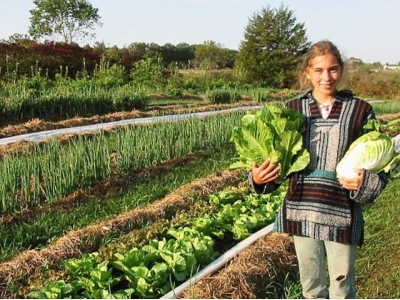Number of workers on fully organic farms in EU increased 42%

At EU level the number of fully organic farms increased from 2010 to 2013, while the number of partially organic farms decreased.
It indicates that there is an ongoing process to create fully organic farms. The non-organic holdings' share in total farm holdings decreased by 0.34 percentage points from 2010 to 2013, and the share of fully organic holdings increased 0.30 percentage points representing 1.05% of all farm holdings in 2013.
This varies of course between countries, see further below. The UAA managed by fully organic farms also increased by 34% from 2010 to 2013.
The labour force, measured as annual work units (AWU), employed on fully organic farms increased by almost 42% between 2010 and 2013, from around 123,000 to almost 174,000.
It should however be noted that AWU is reported in bands and not in exact figures/hours. The lowest AWU allocated is 0.125 AWU. It means that on small farms, the AWU may be skewed towards a too high allocation.
At EU level the average size of the labour force per farm was 0.9 annual work units for the non-organic farms, and 1.5 for the fully organic farms.
However, the average size of utilised agricultural area on a non-organic holding was 16 hectares, while on a fully organic holding the average was 41 hectares.
Related news
 VN’s fruits getting popular in Japan
VN’s fruits getting popular in Japan Vietnamese fruit is making its presence felt in the Japanese market, with the country registering a turnover of US$170 million in 2017
 Enhancing efficiency of agricultural cooperatives
Enhancing efficiency of agricultural cooperatives The contribution of agricultural cooperatives to the growth of the Vietnamese economy remains limited at 4-4.5 percent per year
 VFA proposes to solve problems in rice export to China
VFA proposes to solve problems in rice export to China Businesses are expected to export 6.5 million tons of rice this year. It was 5.8 million tons last year.